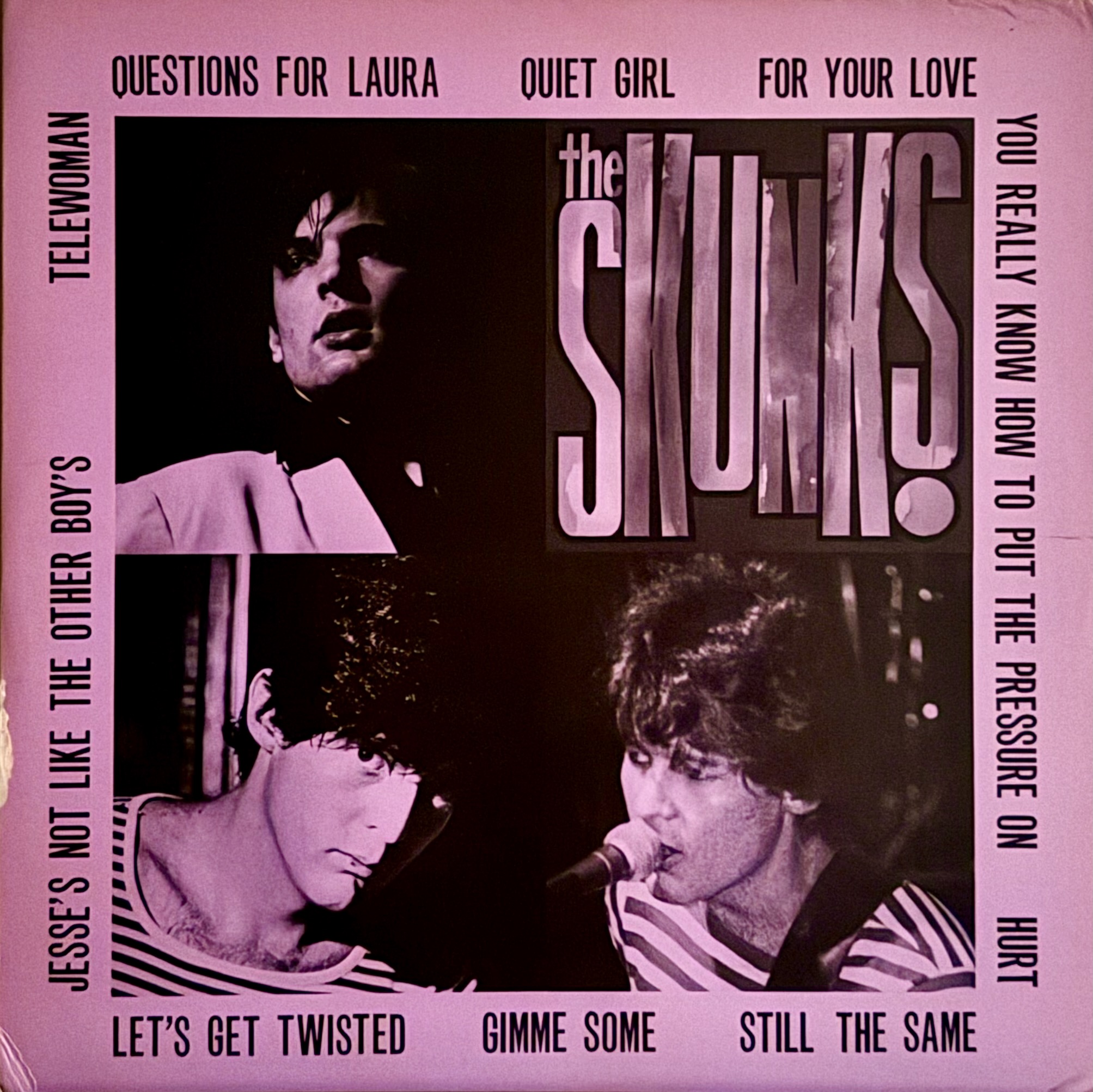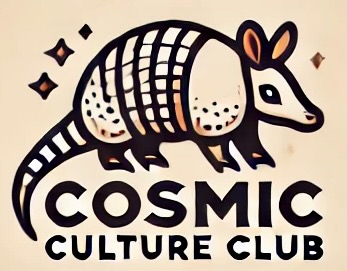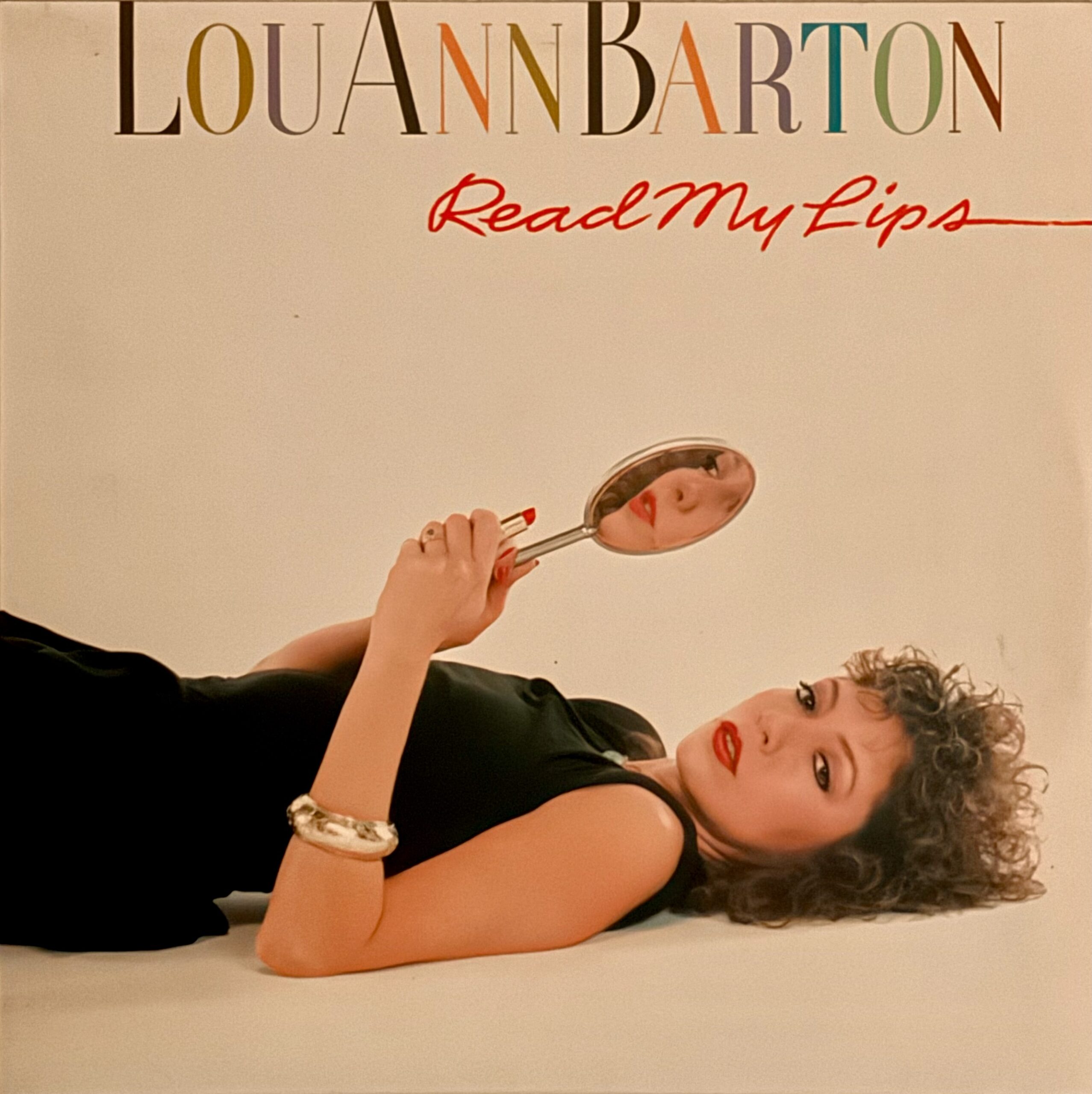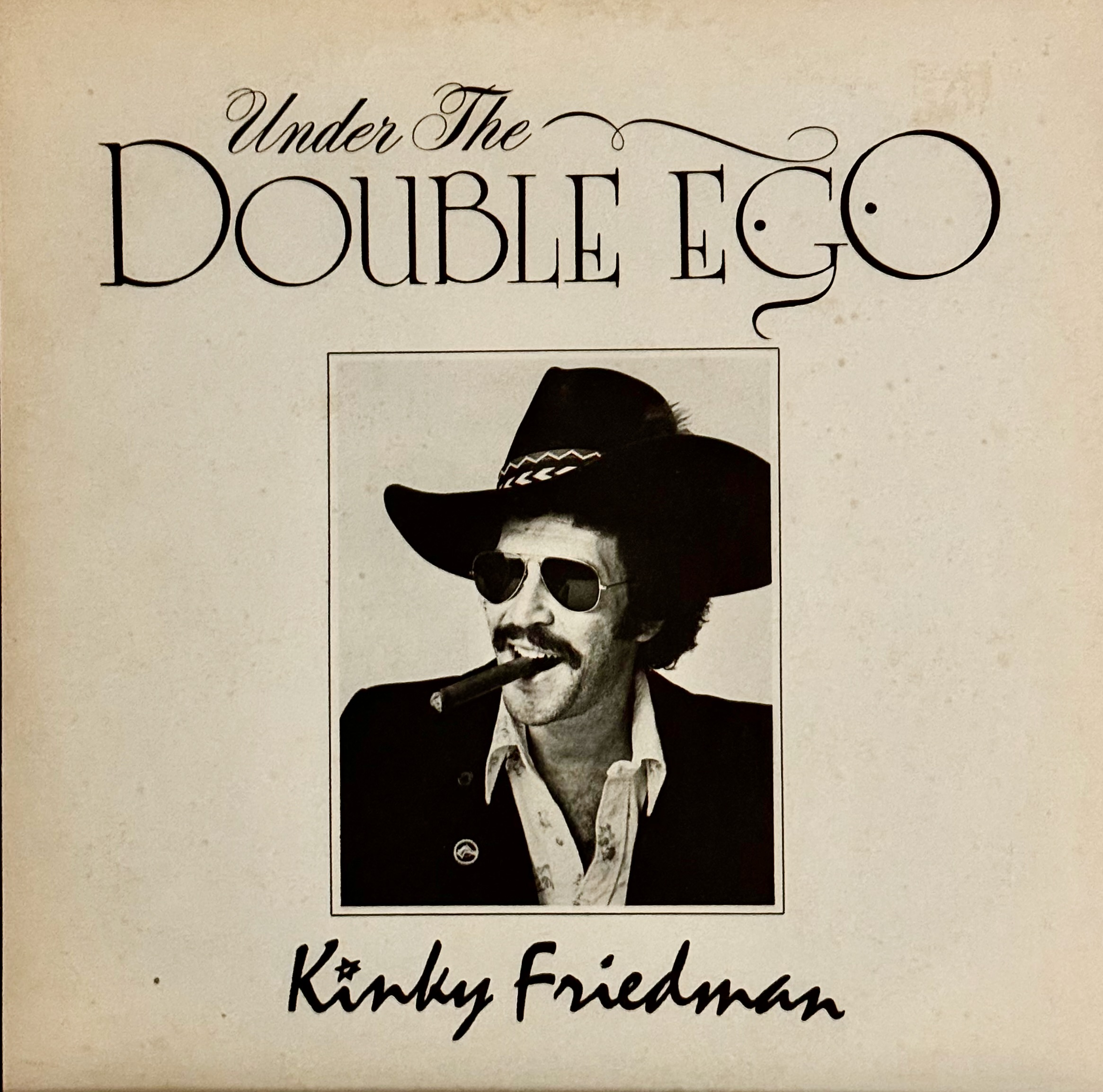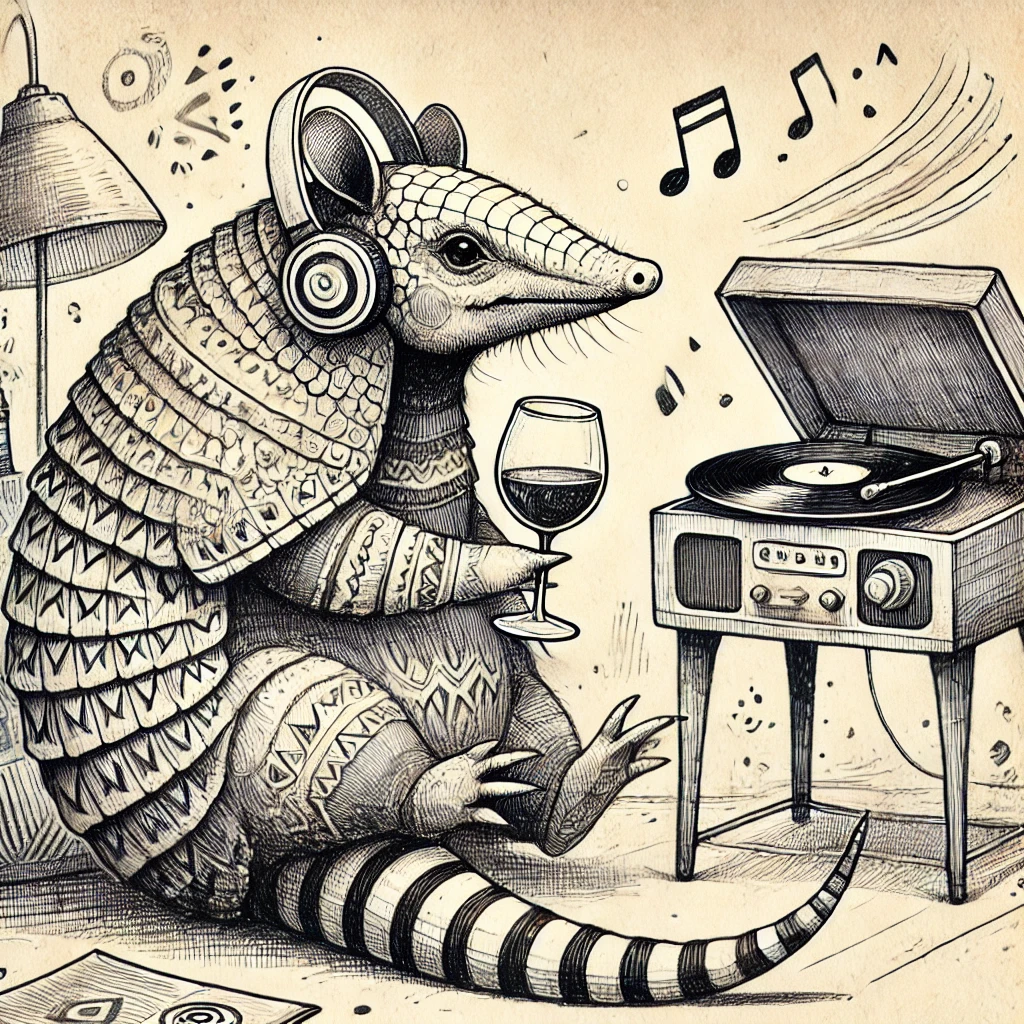Album: The Skunks (aka The Purple Album)
Released: 1982
On a cold February night in 1978 The Skunks played what is widely regarded as the first punk rock show in Austin, and for the next six years they continued to be a definitive presence. The three piece lineup evolved over the years, with bassist Jesse Sublett serving as the anchor. They pioneered a new sound leading acclaimed journalist Margaret Moser to declare, “In Austin’s punk rock history book, the Skunks are the first page.”
Like many bands of the time, the punk rock title was one that was given to the band rather than claimed. They saw themselves as a rock band in the vein of the Rolling Stones. Just louder and faster. In 1978 Sublett told the Statesman, “I don’t like being called a punk. That’s silly. People who know what we’re like, those who’ve heard us and still think we’re punks – they’re dumb. We’re just a rock and roll band.”
No matter what label they played under, they were the tip of the spear for the music of a new generation. Austin in the seventies was still dominated by redneck rockers. There wasn’t much space for artists like The Skunks, and this led Sublett to Raul’s, a no frills tejano venue on the Drag that didn’t even provide a PA system. When he showed up looking for a gig the owners acquiesced, and The Skunks and The Violators split the bill at that first show. Sublett played bass for both bands.
From that night forward, Raul’s became Austin’s version of CBGB. An incubator for new bands and a gathering spot for freaks. The Skunks remained one of the most popular bands and when The Clash played the Armadillo World Headquarters in 1979, they were called on to warm up the local crowd.
The party continued late into the night at the Continental Club. Joe Ely and members of The Clash joined them onstage, but there was a slight dust up when Sublett chose to vehemently enforce his no-cowboy-hats-on-stage rule when Ely tried to fetch his. But hey, his stage, his rules.
The Skunks were a popular touring band, but didn’t put a lot of material on wax. They only recorded two studio albums, and since both were eponymous they tend to be referenced by the jacket color. The Black Album was recorded early in their career and captures the raw energy of the young band. Good luck putting your hands on that.
The Purple Album is slightly easier to obtain, and was recorded by the final lineup of the band. It features Sublett on bass and vocals with Doug and Greg Murray joining him on guitars and drums. This version of the band strayed farther from punk and deeper into the lane of old fashioned rock and roll that Sublett referenced in 1978.
Fans had mixed reactions to the evolution of the band. After the album release party at Waterloo Records, Statesman columnist Kevin Phinney mused, “the Skunks have mellowed and added a great deal of melodiousness to their sound. But their harshest critics contend that what appears mellow to some is evidence of senility to others.”
You don’t need to read far between the lines to hear that most critiques were aimed at the performance rather than the music. After praising Sublett’s “punk braggadocio” Phinney went on to call his companion’s stage presence “unfathomably dull.” Fortunately, when we spin the record we don’t risk being bored by a guitarist who keeps his feet on the ground.
Musically, the Purple Album is reminiscent of The Clash’s Combat Rock, which was released in the same year. It’s an album from a mature band that is comfortable sliding between different tempos and styles without losing the thread. The songs range from the quintessential punk of “Gimme Some,” with its unchecked energy and staccato delivery, to the outsider anthem “Jesse’s Not Like the Other Boys,” that grooves to an upbeat reggae tempo and a haunting guitar solo. None of the tracks hint at senility.
Turn up the volume when you play this one, and make sure the subwoofer is on so you feel every thump from Sublett’s bass. Raise a glass and toast the godfathers of Austin punk rock.
Paloma
When Joseph Gonzales and Roy “Raul” Gomez opened Raul’s in 1977 they were envisioning running a Tejano nightclub. Instead, they found themselves at the epicenter of Austin’s punk scene. This drink pays homage to the Tejano roots of Raul’s Nightclub. The Paloma is a Mexican cocktail that is more traditional south of the border than the Margarita is, but has similar flavors. This version swaps tequila for a smoky mezcal and has an added kick from the Tajin rim.
Ingredients
- 2 oz Mezcal or Tequila
- 4 oz Jarrito’s Grapefruit Soda
- Juice from half a lime
- Tajin (for rim of glass)
Directions
- Combine the mezcal, soda, and lime juice in a mixing glass with ice. Stir well.
- Use the lime to moisten the rim of a rocks glass. Spread tajin in thin layer on plate. Roll glass in Tajin to evenly coat the rim.
- Fill glass with ice, and strain cocktail into glass.
